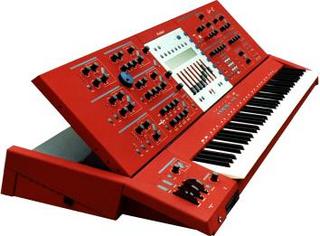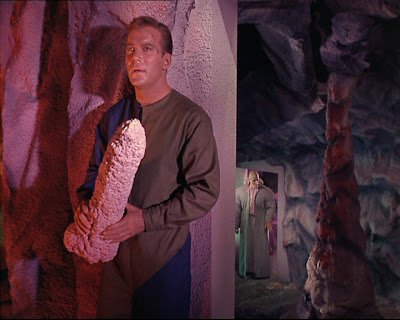 "The K-DSC-1 Digital Synth + Sequencer is a self-contained music production machine with unique physical gestural parameter manipulation, a ‘cool lo-fi’ yet feature rich approach, and an interaction\pattern sequencing methodology developed by musicians, engineers, and designers with decades of collective experience performing and recording with sequencing synthesis devices.
"The K-DSC-1 Digital Synth + Sequencer is a self-contained music production machine with unique physical gestural parameter manipulation, a ‘cool lo-fi’ yet feature rich approach, and an interaction\pattern sequencing methodology developed by musicians, engineers, and designers with decades of collective experience performing and recording with sequencing synthesis devices.While the K-DSC-1 has a familiar sound source, the General MIDI sound set, it is utilized in a new way – providing a ‘simple yet refined’ toolset and sonic results that are valued in the modern genre-bending music performance and production world. Stellar when paired with ‘stomp box’ delay, loop or distortion effects, the K-DSC-1 allows musicians to quickly work up exciting musical sequences with up to 8 parts, chosen from over 128 sounds including an entire drum kit.
The Kinektron Synth Cube System
The Kinektron Cube Synth System is a compact, portable, ‘semi-pro’ music production and sound experimentation kit. In addition to the K-DSC-1 described here, Kinektron will be introducing additional modules on a regular basis – with several currently in development. Upcoming modules include the K-ASC-1 Analog Synth Cube, the K-APM-1 Analog Percussion Module, the K-DSP-1 Digital Signal Processor, and a MIDI interface\audio mixer cube, the K-MAMC-1 MIDI & Audio Mixer Cube. The K-MAMC-1 will allow syncing of Kinektron Synth Cubes with standard MIDI equipment.
K-Konnect ‘Open Protocol’ Interface
At Kinektron, we believe strongly in transparent and open practices as much as possible. For this reason we have developed an Open Protocol, K-Konnect, which is based upon an industry standard device communication protocol. With auto-negotiation, bi-directional, master-less communication, and other great features, this protocol is what connects the various cubes together. We will be providing example code to allow Arduino, Parallax Propeller, and similar micro-devices to interface and communicate with K-Konnect devices.
Product Features
Self-Contained general MIDI synthesizer engine and 16-step step sequencer
Similar in programming workflow to classic step sequencer based equipment such as x0x boxes and similar analog or early digital step sequencers
Well integrated gestural controls enabled by built in accelerometer
Unique, Infrared programmability - program your K-DSK-1 from any web enabled computer or mobile device which supports java and a minimum refresh rate*
8 Patterns at a time
32 Voice Polyphony
Pattern Save\Recall
Several Programmable Parameters for each step
MIDI sync and other MIDI features will be available via
Expandable via future cubes
No menu items deeper than 2 button presses.
Easy color-coded interface is intuitive to learn with little study
Web based pattern sharing and creation with our unique 'light based' pattern programming protocol, K-IRP.
Hidden game will become playable as more modules are collected (and firmware updates are distributed)"
http://www.kinektron.com/products/kinektron-synth-cubes/















































